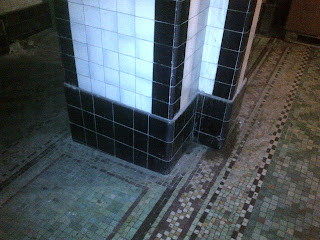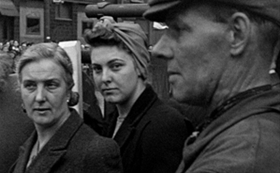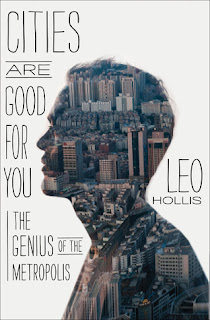A week in Barcelona followed by a week of sluggishness in the office seemed like a plan. Sunday to Friday is an odd booking but a full seven days seemed too long for a trip alone and the flights were cheap(ish) even if I had splashed out a bit on the hotel.
I used to holiday alone all the time, but the last ten years or so have mainly been with friends - perhaps I had lost the knack?
Barcelona should be the perfect choice, I have been many times and know it if not like the proverbial hand back then certainly pretty well and no pressure to see or do 'stuff' if I feel too tired or lazy.
The plan was to feed my growing obsession with reading, which in turn feeds my obsession with my blog. Not this one. The other one. A book a day - but long and chunky ones is the target, with maybe some food and sightseeing if the urge so takes me.
Day 1 - doing well, first book (a short one) knocked off on the train to Gatwick.
At hotel mid afternoon, last day of pills - taken all at once in the UK to save carrying them, feeling a bit spacey - maybe the heat.
I wander over to the tourist office and invest in a five day travel card and a six venue / three month Articket - best to be prepared.
Drinks and tapas in Raval at a street bar - well into second book, I love my kindle.
Day 2 - breakfast at Bar Boqueria in the market, an old favourite of mine, café con leche, agua con gas, tortilla Español calabacín (courgette) followed by la quenta and not a word of Inglés has passed my lips.
It is Monday so the only one of the six museums open is MACBA, welcomingly cool inside. One of the exhibits is a room of postcards - could I recreate this at home?
A picnic lunch from Carrefour leaves me full for the evening and I retire early, finishing book number two and quickly starting and abandoning two duds.
Day 3 - breakfast again in the market then to the station to catch a train followed by funicular to Montserrat and the famous monastery that overlooks the city. It is scorchingly hot in the mountains as I plough through book number five, the monastery has a welcome bar.
In the afternoon another museum - MNAC.
To the hotel to rest and shower before heading to Tapas 24 for dinner. Padrón peppers, pibil (pulled pork) tacos and cebiche - amazing.
Stay up to finish the book.
Day 4 - feeling quite sluggish now in the mornings, so much so that after breakfast (the market again) I am ashamed to say I was drawn into Starbucks for a sharpener - I wonder if they pay tax here?
The Museu Picasso opens at ten, I am there for five past along with ten thousand others, my Articket waves me through and I am sure the line has barely moved when I exit an hour later.
No lunch as I head for another funicular, this time up Montjuic to the Fundació Joan Miró, book number six is drawing to a close.
Back in Raval I stop for coffee and am given free cake. Maybe I look hypoglycaemic.
A fruitless evening wander through Raval is leaving me tired and hungry until I spy space at the Dos Palillos - the bar of Casa Camper - where I devour tempura anchovies, a bite sized Nippon burger and slow cooked pork jowl followed by bitter almond pudding.
Bed and book seven calls.
Day 5 - definitely spacey now, breakfast followed by Starbucks again is further followed by a bus to Park Guell, which is so hot that I feel faint. Back to the hotel via Caravelle, where the waitress is confused by my beer request and brings me a latte. And a beer. I am confused by the menu and order an albóndigas sandwich (meatballs). All conducted in Spanish / Catalan, despite her talking to other customers in English - a minor success from the jaws of defeat?
Book seven finished - time for Tanqeray.
Prawn ceviche and marinated manchego for dinner / snack.
Day 6 - getting used to the tiredness now. El Colectivo for breakfast - just a café con leche and croissant - then a couple of hours by the pool until checkout.
I leave my bags, as I have a few hours to spare - useful hours when choosing the flight, killing time hours now they are here. CCCB the fifth of my six Articket venues beckons, after the usual initial confusion when they wonder if I am Spanish, I am advised in English that my ticket is valid for two days, in case I am unable to finish the exhibit (it is twelve noon). It is all about Pasolini in Roma - I believe that he is / was a film director - though I'm just guessing as everything was on Spanish or Catalan. There were English translations of bits of script and diary entries, but no context. I am done in about twenty minutes.
Another coffee, another book (eight) finished, another book (nine) started, collect bags, head for airport.















































